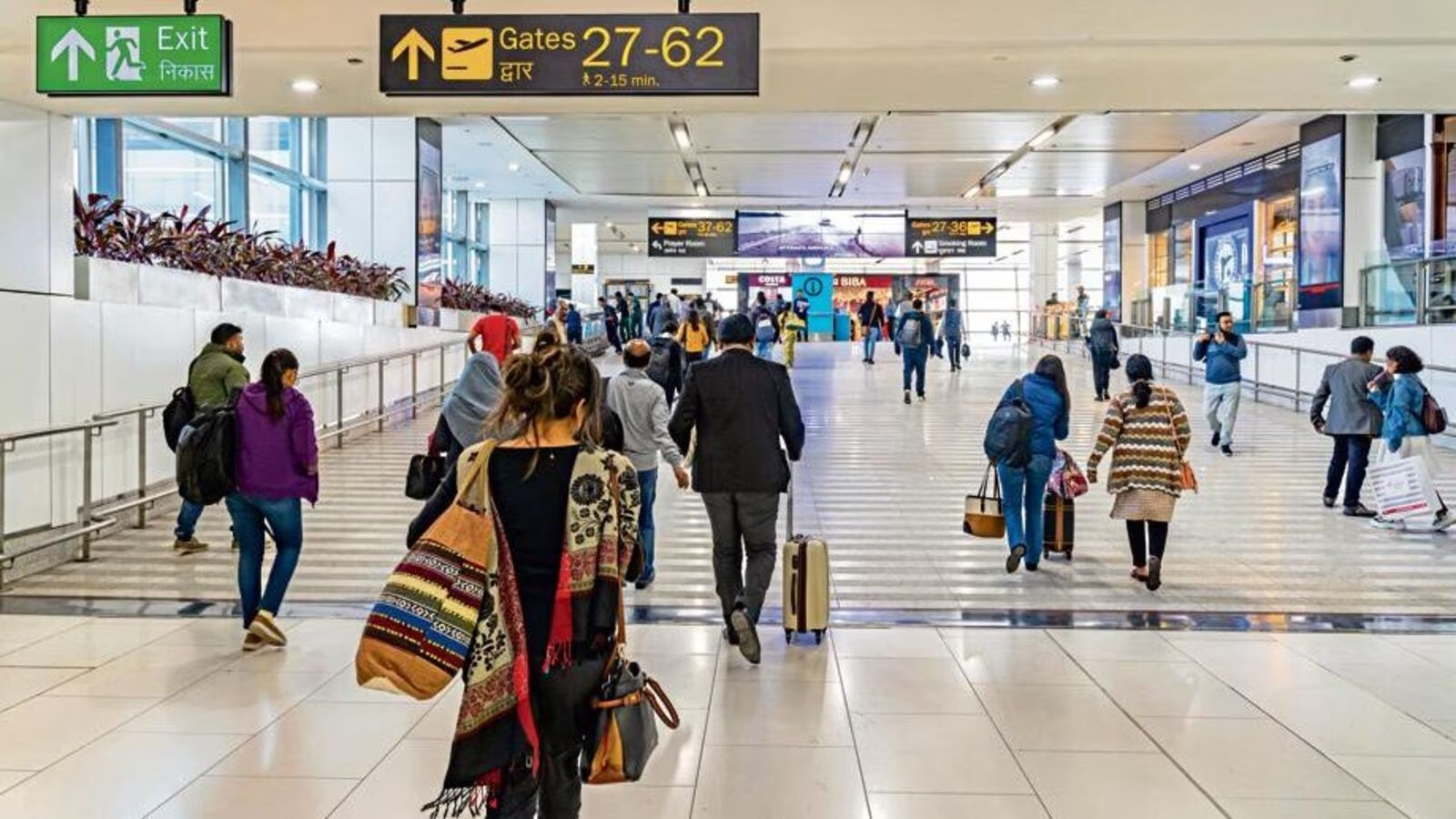For travelers planning a visit to India, understanding the visa requirements at airports and ports of exit is essential for a smooth and hassle-free journey. Whether you’re arriving in India by air or departing by sea, ensuring compliance with visa regulations is crucial to avoid any delays or complications during your travel experience. In this comprehensive guide, we’ll explore everything you need to know about Indian visa requirements at airports and ports of exit, empowering you to navigate the process with confidence and ease.
Arriving in India: Airports
Upon arriving in India by air, travelers are required to clear immigration and customs procedures at their port of entry. INDIAN VISA AIRPORTS AND PORTS OF EXIT For individuals holding valid Indian visas, the process typically involves presenting the visa and passport to immigration officials for verification and entry stamping. It’s essential to ensure that your visa type and validity align with the purpose and duration of your stay in India to avoid any issues during immigration clearance.
Indian Visa on Arrival
In addition to traditional visas obtained prior to travel, certain nationalities may be eligible for the Indian Visa on Arrival (VoA) program. This initiative allows travelers from select countries, including Japan, South Korea, and the United States, to obtain a visa upon arrival at designated airports in India. However, it’s crucial to check the eligibility criteria and requirements for the VoA program, including the permitted duration of stay and documentation needed for application.
Ports of Exit: Departing from India
When departing from India by sea or air, travelers must undergo exit procedures at the respective ports of exit. This involves presenting the necessary travel documents, including the passport, boarding pass, and any applicable exit permits or clearances, to immigration and customs officials. It’s essential to comply with the departure formalities and adhere to any visa or permit requirements to facilitate a smooth and timely departure from India.
Overstaying Visa Validity
Travelers should be mindful of their visa validity and permitted duration of stay in India to avoid overstaying their visa. Overstaying can result in penalties, fines, and potential deportation from India, impacting future travel plans and visa applications. If unforeseen circumstances arise that necessitate an extension of stay, travelers should contact the Foreigners’ Regional Registration Office (FRRO) or the Bureau of Immigration in India to seek appropriate permission and guidance.
Renewal and Extension of Visas
For travelers planning an extended stay in India beyond the validity of their current visa, renewal or extension options may be available. INDIAN VISA FOR AUSTRALIAN CITIZENS Depending on the visa type and specific circumstances, travelers can explore avenues for visa renewal or extension through the appropriate authorities in India. It’s essential to initiate the renewal or extension process well in advance of the visa expiry date to avoid any disruptions to your stay in India.
Conclusion
Navigating Indian visa requirements at airports and ports of exit is an integral part of the travel experience for visitors to India. By understanding the entry and exit procedures, adhering to visa regulations, and staying informed about renewal and extension options, travelers can ensure a seamless and enjoyable journey to and from the vibrant land of India. Let this guide serve as your roadmap to navigating the complexities of Indian visa requirements, empowering you to embark on a memorable and enriching travel experience in the subcontinent.
